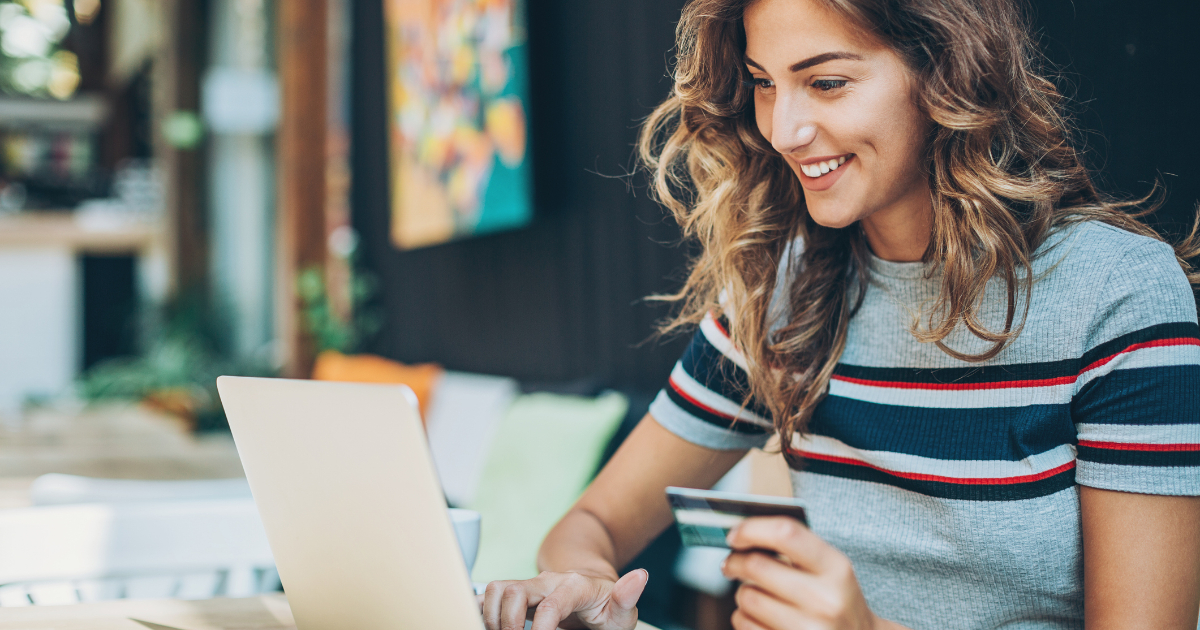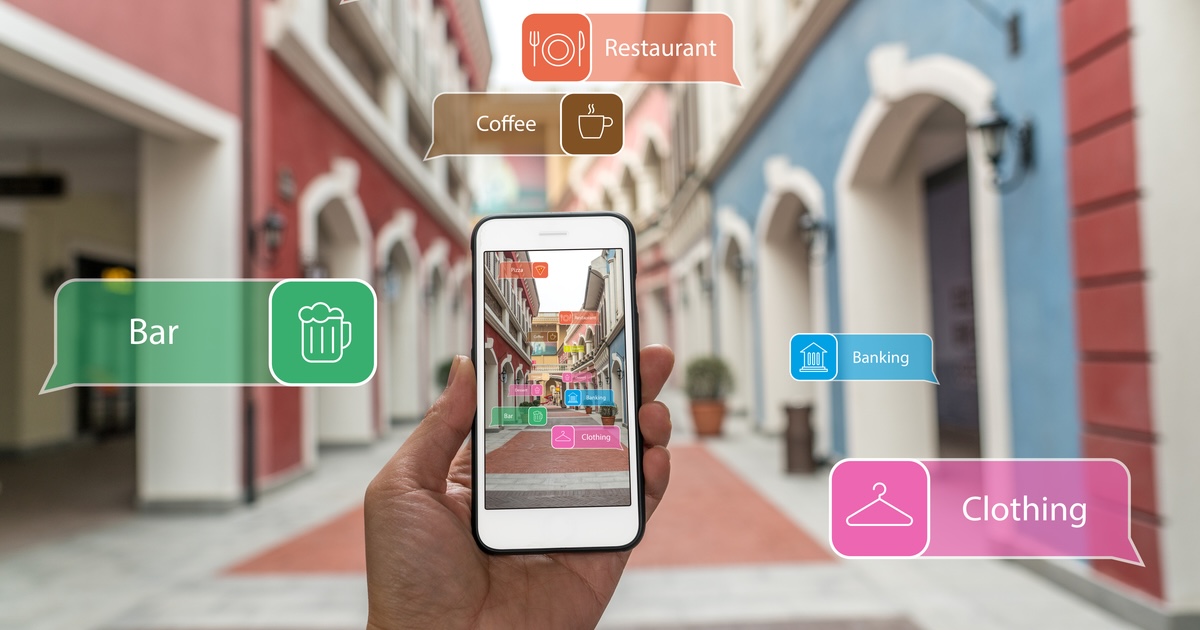Codetown
Codetown ::: a software developer's community
Kotlin Thursdays - Image Processing in Kotlin Part 2 with Amanda Hinchman-Dominguez
Kotlin Thursdays: Image Processing in Kotlin Part 2
Welcome to Kotlin Thursdays! Last week, we were able to render an image with TornadoFX and even manipulate its pixels. Today, we will go over Pixel Math!
Resources
Think of these resources as supplemental if you happen to be more curious. We always encourage looking into documentation for things you use!
- Project Github Repository: https://github.com/Kotlin-Thursdays/Image-Processing-in-Kotlin
- Installing Java with Oracle: https://www.oracle.com/technetwork/java/javase/downloads/jdk8-downl...
- Kotlin: https://kotlinlang.org/docs/reference/
- TornadoFX: https://edvin.gitbooks.io/tornadofx-guide/content/
Topics covered:
- Getting set up with TornadoFX
- Rendering an image and making it duller
- Pixel math!
- Creating image processing filters
- Further considerations with "Big O"
Binary Operations
Last week, we got the hang of how to grab these pixels and do something with them. Today, we're going to expand by creating our own filters using operational pixel manipulation.
For all practical purposes, we're going to be talking about monochromatic images. If we try to write filters using colored pixels, it will prove a lot more difficult to work with RGB values as opposed to just black or white.
Best we learn to walk before we start trying to fly!
In order to create our own image filters, we need to have a solid understanding of pixel math, or binary operations.
Binary operations are the bread and butter of computers! You can compute operations on binary values 1 and 0.
AND - both inputs must be true for the output to be true
0 && 0 = 0
0 && 1 = 0
1 && 0 = 0
1 && 1 = 1
OR - one or both inputs must be true for the output to be true
0 || 0 = 0
0 || 1 = 1
1 || 0 = 1
1 || 1 = 1
NOT - inverse result
!0 = 1
!1 = 0
!(0 && 0) = 1
!(1 || 1) = 0
Likewise, if we assign the color BLACK to 1 and the color WHITE to 0, we can easily apply binary operations to to the binary values black and white. Working with colors gets significantly more difficult when there are RGB values to consider. There are other binary operations like XANDS, XORS, and XNORS, but for now, let's just focus on the first three.
Implementing Primitive Filters
Now that we understand how OR, AND, and NOT works, let's implement these functions with colors.
fun or (a: Color, b: Color) {
return if (a == Color.BLACK || b == Color.BLACK) {
Color.BLACK
}
else { Color.WHITE
}
fun and (a: Color, b: Color) {
return if (a == Color.BLACK && b == Color.BLACK) {
Color.BLACK
} else {
Color.WHITE
}
}
fun not (color: Color) {
return if (color == Color.BLACK) Color.WHITE else Color.BLACK
}
Conclusion
You'll notice that these functions are for pixel colors only. Next week, we look into higher-order functions in Kotlin to learn how we can pass functions as a parameter - but you'll welcome to check out the video to see how we can apply one of these primitive filters to our images! See you next week :)
Tags:
Replies to This Discussion
Notes
Welcome to Codetown!
 Codetown is a social network. It's got blogs, forums, groups, personal pages and more! You might think of Codetown as a funky camper van with lots of compartments for your stuff and a great multimedia system, too! Best of all, Codetown has room for all of your friends.
Codetown is a social network. It's got blogs, forums, groups, personal pages and more! You might think of Codetown as a funky camper van with lots of compartments for your stuff and a great multimedia system, too! Best of all, Codetown has room for all of your friends.
Created by Michael Levin Dec 18, 2008 at 6:56pm. Last updated by Michael Levin May 4, 2018.
Looking for Jobs or Staff?
Check out the Codetown Jobs group.
InfoQ Reading List
QCon AI NY 2025 - Becoming AI-Native Without Losing Our Minds To Architectural Amnesia

Tracy Bannon's QCon AI NY 2025 talk revealed how the rise of AI agents risks amplifying common architectural failures. She emphasized the distinctions between bots, assistants, and agents, highlighting the need for governance, clear identity controls, and disciplined decision-making to address “agentic debt.” Bannon called for architects to apply foundational principles amid rapid AI adoption.
By Andrew HoblitzellHow Artificial Intelligence Can Help Us Connect with Customers

In software development, success means going beyond meeting requirements. We must create products that surprise and delight users and are innovative, create impactful solutions, Ken Hughes said in the keynote “Connection is Everything”. AI can help us connect with customers and create better user experiences.
By Ben LindersAWS and Google Cloud Preview Secure Multicloud Networking

In a surprising move, AWS and Google Cloud have recently partnered to simplify multicloud networking, introducing a common standard and leveraging "AWS Interconnect - Multicloud" and "Google Cloud's Cross-Cloud Interconnect". The new option makes it easier for organizations to manage and secure workloads across both clouds, with Azure expected to join in 2026.
By Renato LosioOrion: New Zero-Telemetry, Zero-Ad, AI-Proof Browser for Privacy-Focused Users

Kagi has released Orion 1.0, a web browser that features privacy by default, zero telemetry, and no integrated ad-tracking technology. Orion supports both Chrome and Firefox extensions and intentionally excludes AI from its core to prioritize security, privacy, and performance. Orion targets macOS and iOS, with upcoming Linux and Windows versions. Orion is based on WebKit.
By Bruno CouriolCactus v1: Cross-Platform LLM Inference on Mobile with Zero Latency and Full Privacy

Cactus, a Y Combinator-backed startup, enables local AI inference to mobile phones, wearables, and other low-power devices through cross-platform, energy-efficient kernels and a native runtime. It delivers sub-50ms time-to-first-token for on-device inference, eliminates network latency, and defaults to complete privacy.
By Sergio De Simone
© 2025 Created by Michael Levin.
Powered by
![]()